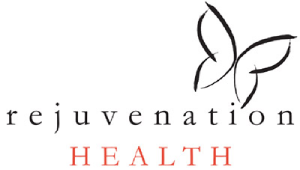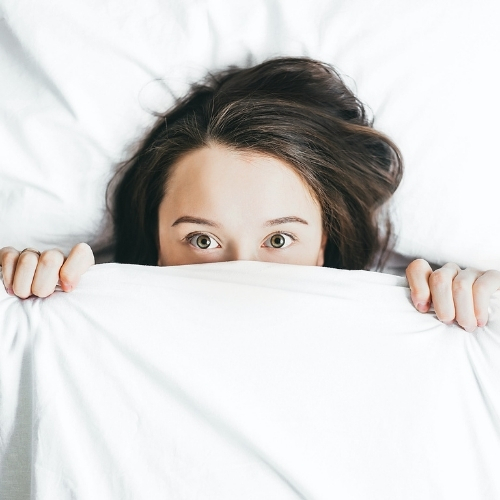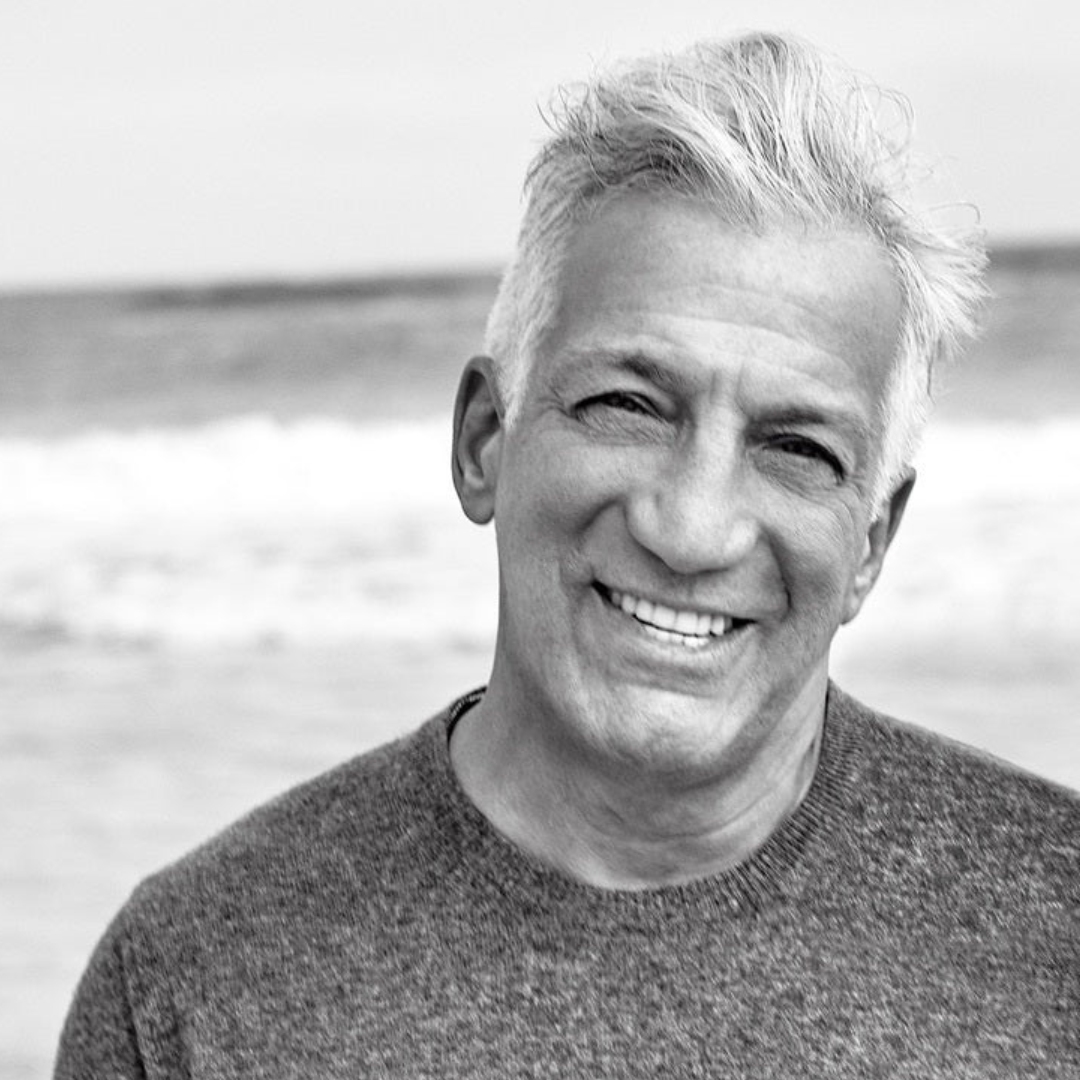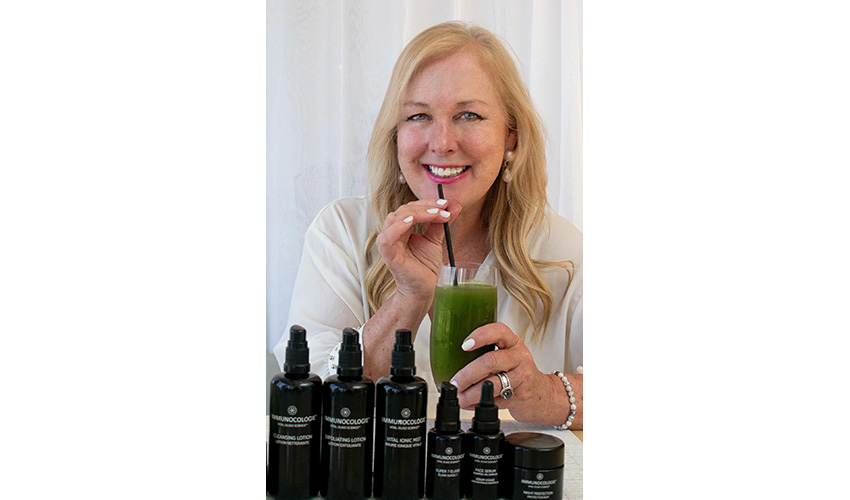Sleep apnea is a sleep-related breathing disorder that impacts millions of people around the world.
When you have trouble breathing while asleep, your cardiovascular system, immune system, and overall health will — not may — suffer.
An estimated 20% of American adults suffer from sleep apnea, many of them undiagnosed.
When your airway is obstructed, health problems can result. Airway health is an important part of your whole-body health, which is why you can’t ignore the signs of airway issues.
A dental solution, the DNA oral appliance, may be the answer to sleep apnea for many individuals with a poorly developed airway.
My patients have reported a huge improvement in symptoms using the DNA oral appliance. I would go as far as to call it a “cure” for most patients.
The DNA oral appliance, CPAP therapy, and surgery are all sleep apnea treatment options I discuss in more detail below.
What is sleep apnea?
Sleep apnea is a common breathing disorder and sleep disorder. During “apneas”, breathing starts and stops repeatedly throughout the night. This can cause symptoms from snoring to a dry mouth in the morning to frequent nighttime bathroom trips.
If you have sleep apnea, your airway is obstructed during sleep, leading to reduced oxygen levels.
It’s not just a concern for older, obese men. Though it affects up to 30% of males, sleep apnea also affects millions of women.
CPAP machines are the gold standard in conventional medicine to reduce sleep apnea symptoms. However, there is debate as to whether this is an appropriate long-term solution, as CPAP machines may eventually lead to the weakening of the muscles of the throat.
Unfortunately, many conventional doctors treat sleep apnea as if it affects only your breathing. In fact, sleep apnea can lead to heart disease and immune dysfunction if left untreated. Many chronic health problems resulting from untreated sleep apnea may not appear for a decade or more until nitric oxide levels get critically low.
Sleep apnea sufferers are also 2.5x more likely to be the cause of an automobile accident, compared to drivers without sleep apnea.
That’s why everyone needs a sleep study — your life may literally depend on it
Types of Sleep Apnea
There are 3 types of sleep apnea:
- Obstructive sleep apnea (OSA): In OSA, the cavity at the back of the throat (your airway) becomes physically blocked, forcing you to stop breathing temporarily.
- Central sleep apnea (CSA): An issue with your brain’s respiratory muscle control leads to slower, shallower breathing.
- Mixed sleep apnea: Mixed sleep apnea is diagnosed when you have both OSA and CSA at the same time. It is also called “complex sleep apnea”.
Sleep Apnea Tests & Diagnosis
Tests used to diagnose obstructive sleep apnea include:
- Polysomnography (PSG): This common sleep study means you’re hooked up to devices that monitor your breathing patterns, heart/lung/brain activity, arm/leg movements, heart rate, and blood oxygen levels while you’re asleep. Polysomnography can rule out periodic limb movement disorder and narcole psy as your airway health issues. This test may be conducted at a sleep center or at home.
- Home sleep apnea testing (HSAT): This less common test is made specifically to be conducted at your home. It typically measures breathing patterns, airflow, snore intensity, and blood oxygen levels. The Peripheral Arterial Tone (PAT™) signal, used in the WatchPAT One device, is a proprietary technology used for HSAT that performs equally well to PSG.
You may also visit an ear, nose, and throat doctor, who can rule out any anatomic blockage in your nose/throat.
While it’s not a definitive diagnosis, your dentist may see signs of bruxism (grinding teeth) long before other symptoms of sleep apnea appear. It’s one reason a dentist focused on airway health is a vital member of your healthcare team!
If you grind your teeth, you need a sleep study to identify sleep-disordered breathing issues like sleep apnea. This early intervention may be the difference between a healthy life and decades of chronic illness.
Symptoms of Sleep Apnea
These are 9 common symptoms of obstructive sleep apnea syndrome:
- Excessive daytime sleepiness
- Loud snoring
- Dry mouth
- Sleep bruxism (teeth grinding)
- Sore throat
- Morning headaches
- Sudden awakening, accompanied by choking and/or gasping
- Halted breathing during sleep
- Decreased libido
What causes sleep apnea?
Obstructive sleep apnea is caused by the relaxing of the muscles in the back of your throat, which support your soft palate, uvula, tonsils, tongue, and the walls of your throat.
This causes your airway to close up, cutting off your oxygen supply. Your body will often wake up to restart your breathing — but so briefly you don’t even remember.
This destructive pattern may repeat multiple times every hour.
The cause of central sleep apnea is that your brain fails to tell your breathing muscles to keep taking in oxygen. There are many underlying causes for this brain dysfunction, and how it occurs is not fully understood.
Risk Factors for Sleep Apnea
What are the warning signs of sleep apnea? Obese, older men are the most likely sleep apnea patients, but they’re not the only people at risk.
The leading risk factors for obstructive sleep apnea are:
- Male gender
- Narrowed airway
- Thick neck circumference
- Obesity, excess weight
- Asthma
- High blood pressure
- Diabetes
- Chronic nasal congestion
- Smoking
- Alcohol abuse
- Family history of sleep apnea
Complications of Sleep Apnea
What happens after years of untreated sleep apnea? These are the most frequently observed medical conditions that may result from untreated sleep apnea:
- High blood pressure
- Irregular heartbeat
- Increased risk of heart attack
- Congestive heart failure
- Higher risk of stroke
- Low blood oxygen levels
- Reflux disease
- Headaches
- Weight gain
- Impotence
- Obesity
- Type 2 diabetes
- Liver problems
- Increased risk of motor vehicle accident
- Decreased job performance
- Depression
Sleep Apnea Treatment Options
The most common obstructive sleep apnea treatments include:
- DNA oral appliance
- APAP or CPAP therapy
- BiPAP therapy
- Medications
- Surgery
- Lifestyle changes
To treat central sleep apnea, your healthcare provider should identify the underlying cause and treat it.
CSA may be a result of heart failure or brain conditions. Also, a reduction in opioid use may be called for, if opioids may be triggering your CSA. CPAP or BiPAP may be used for CSA patients to get them the oxygen they need, but this is not a good permanent solution.
1. DNA Oral Appliance
DNA stands for “Daytime Nighttime Appliance”. It is an FDA-regulated method of treating and even curing obstructive sleep apnea. The DNA oral appliance is an innovative dental health solution to this sleep/breathing disorder.
A DNA looks very similar to a retainer. It is adjustable, so your healthcare provider can slowly adjust it to reshape your arches (the crescent of your teeth) to allow more room for your tongue, so it doesn’t block your upper airway.
The American Academy of Sleep Medicine supports oral appliances as an effective therapy for sleep apnea. Though these manage symptoms, they do not address the root cause of your sleep apnea.
DNA is not like normal “oral appliances” that temporarily reposition your tongue and lower jaw for a night. DNA is an oral appliance that gets at the root cause. A DNA stimulates steady arch redevelopment, activating stem cells for bone growth.
This is not cranking the jaw back open. It painlessly expands the arch in every direction.
Also, many patients and practitioners report that a DNA makes your smile look better, on top of curing sleep apnea.
DNA is a holistic dental solution because it is focused on whole-person health — treating health problems in one part of the body to treat a health problem in another part of the body.
Other devices, such as an MAD (mandibular advancement device), may be used. However, we do not recommend these, as they place the jaw in an unnatural position.
Click here to learn more about scheduling your first teledentistry video consultation with Rejuvenation Dentistry.
2. APAP or CPAP Therapy
APAP stands for “automatic positive airway pressure.” CPAP stands for “continuous positive airway pressure”.
About half of all sleep apnea-diagnosed patients are prescribed APAP or CPAP therapy. It is the most popular treatment option for sleep apnea sufferers — even it only treats the symptoms, not the underlying cause, of your sleep apnea.
Patients on APAP or CPAP wear a facial or nasal mask while they’re sleeping. This mask is connected to a pump device. This machine maintains a positive flow of air that keeps the airway open during sleep.
The primary difference between the CPAP and APAP machines is that a CPAP uses consistent pressure, while an APAP adjusts air pressure depending on what air pressure you need at any given time.
Fortunately, almost all insurance plans cover these therapies as treatments for obstructive sleep apnea.
APAP/CPAP machines have been linked to increased quality of life for both patients and their bed partners. However, there is some debate in the sleep medicine world about the potential for these machines to lead to reduced muscle strength and development in the throat over long periods of use.
3. BiPAP Therapy
BiPAP stands for “bilevel positive airway pressure”. Also called BPAP, this works similarly to CPAP.
The difference? BiPAP machines have two pressures:
- A standard inhalation pressure level
- A lower exhalation pressure level
Where CPAP only uses one pressure level, BiPAP utilized two pressure settings to make it easier for patients to breathe. The most common complaint of CPAP is probably trouble breathing out when at higher pressure settings.
Because CPAP is less patient-friendly at higher pressure settings, and higher pressure is needed for more severe sleep apnea, BiPAP machines are good for patients with more severe cases of sleep apnea.
4. Medications
If your sleep apnea is caused by nasal congestion or allergies, ask your doctor about taking nasal decongestants or allergy medications. This may help you breathe better at night.
Don’t use sleeping pills. These pills often relax the soft tissues in the back of your throat, worsening your sleep apnea symptoms. Sleeping pills are bad for your airway health.
If your sleep apnea is caused by opioids, ask your doctor about stopping your use of opioid medications.
5. Surgery
In rare cases, you may require surgery to correct a physiological issue that is triggering your sleep apnea.
Examples of surgery for sleep apnea:
- Uvulopalatopharyngoplasty (UPPP) is when the surgeon removes and/or repositions excess soft tissue in the back of your throat. This is the most common sleep apnea surgery.
- Genioglossus advancement moves the bone in the lower jaw (where the tongue is attached) further from your throat. This opens up the airway.
- Maxillomandibular osteotomy/advancement is a highly invasive surgery where your jaw is cut into and brought forward, giving your throat more room for breathing.
- Midline glossectomy means the surgeon will remove part of the back of your tongue.
- Palatal implants involve the placing of small rods into your soft palate to prevent airway blockage.
- Radiofrequency volumetric tissue reduction uses cauterization to shrink the tissues of the throat, soft palate, tonsils, and/or tongue.
- Septoplasty is when the surgeon adjusts a deviated septum — an effective treatment option if your sleep apnea is caused by a deviated septum. (Some doctors claim a deviated septum is never the cause of sleep apnea.)
- Tracheostomy is a procedure in which a surgeon inserts a hollow breathing tube into your windpipe that can be plugged during the day for normal breathing and speaking.
6. Lifestyle Changes
There are several simple lifestyle changes you can make to improve your sleep apnea. Some of these changes may help manage symptoms; other changes may get rid of the underlying cause of your sleep apnea.
Consider these lifestyle changes to address sleep apnea:
Weight loss and exercise go hand in hand, and both fight sleep apnea. Not only is weight loss the most common risk factor for sleep apnea, but exercise can improve your peak oxygen consumption and daytime sleepiness, regardless of weight loss.
Don’t sleep on your back. When you sleep on your back, gravity pulls your tongue towards your throat, making it harder to breathe.
Quit smoking. Smoking tobacco seems to make sleep apnea worse, though it’s difficult to say conclusively that smoking can cause sleep apnea. Quitting smoking should improve symptoms, potentially so much that you won’t even notice your apnea even more. (Note: The first couple days of nicotine withdrawal symptoms may mimic OSA.)
Avoid excess alcohol. A little alcohol shouldn’t hurt, but excess alcohol has been linked to sleep apnea. Don’t drink alcohol 2-3 hours before bedtime.
Use a humidifier, since dry air makes it difficult to breathe normally when you’re asleep. More humid air will not cure sleep apnea, but it makes it easier for you to get the oxygen you need and helps prevent allergens from getting to your lungs.
Reduce opioid use. Opioid medications are a leading cause of central sleep apnea.
Sleep Apnea Statistics
- 1 in 5 adults (20%) has sleep apnea.
- 1 in 15 adults has severe obstructive sleep apnea.
- 75% of severe cases of OSA are undiagnosed.
- Sleep apnea is more common in men than women.
- 25% of middle-aged men have OSA.
- Sleep apnea can be a chronic, lifelong condition if left untreated.
Sleep Apnea in Children
Children can suffer from sleep apnea, too. It’s scary to think about our children having to deal with poor airway health and not getting enough oxygen while they sleep.
The American Sleep Apnea Association estimates that 1-4% of children suffer from sleep apnea. That’s over 1 million children. Of course, many are undiagnosed.
In children, the most common risk factor for OSA is enlarged tonsils and adenoids.
Childhood sleep apnea is linked to:
- ADHD
- Bedwetting
- Sleepwalking
- Heart disease
- Memory problems
- Learning deficits
- Lower IQ
- Behavioral issues
- Difficulty concentrating
- Poor school performance
- Hormonal and metabolic problems
When to Call Your Doctor
Call your healthcare provider if you show signs of sleep apnea, from teeth grinding to waking up, gasping, at night. You need high-quality sleep and plenty of oxygen for your body to function the next day.
You should call your doctor if your sleep apnea triggers a steep reduction in quality of life. Waking up every morning with a sore throat can affect your job performance, family life, motor vehicle control, or personal quality of life.
And don’t forget — your bed partner’s quality of life may suffer due to your sleep apnea.
At Rejuvenation Dentistry, countless patients have been cured of sleep apnea after being treated with the DNA oral appliance. Come in and discover the difference for yourself.
Click here to set up your appointment today! Rejuvenation Dentistry’s offices are located in beautiful East Hampton and Manhattan. We empower our patients to take hold of their whole-person health!




